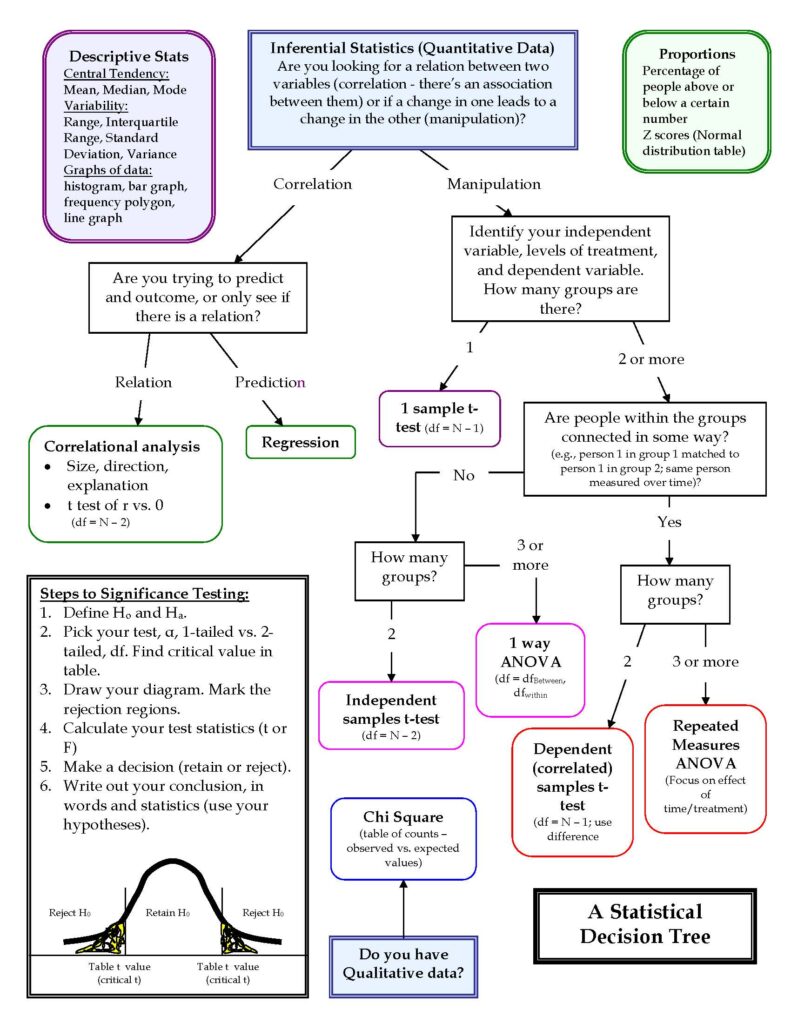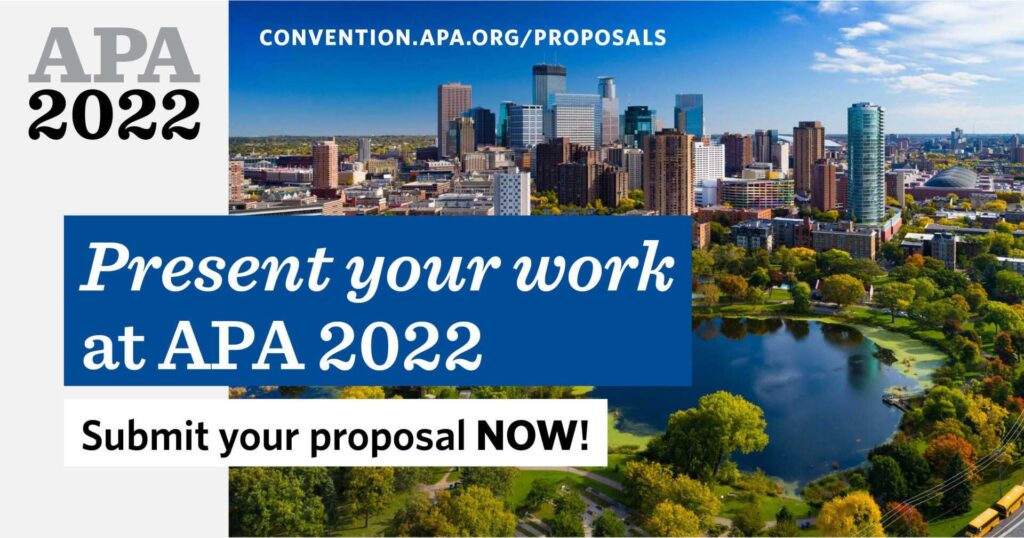By Kevin Wagner and Gabriel Velez
Social injustices involve power relations and unequal access to privileges based on domination and subordination (Miller, 1999; Prilleltensky & Gonick, 1996). Examples abound across the globe, and given their prevalence and impact on human suffering, conducting research to address social injustices are particularly important. As a graduate student, it can feel like there are so many problems in the world and there’s nothing we can do about it. A first step in this journey is recognizing the problems we are most passionate about, identifying our role and resources to address the problem, and then acting in our roles as emerging psychologists. This article is how to do that as grad researchers in psychology by offering an overview of the dissemination and implementation (D&I) literature as a guide to position research to address social injustices. It emerges from our own reflecting, asking ourselves, how can we position our research as graduate students to address social injustices? Below we draw from the D&I literature to outline four guidelines to position research as a graduate student to address social injustices.
Tenet One: Planning Your Research
Bartholomew & Mullen (2011) assert that effective research is guided by theory and empirical evidence. Planning your research to address social injustices means selecting appropriate theories and understanding what empirical evidence provides a strong foundation; design research based on theory to provide sound structure to your investigation. One common framework from the D&I literature to develop change programs is intervention mapping, which includes six core steps: 1) describing the problem (e.g., a phenomenon related to social injustices), 2) developing metrics to measure change (how will you measure the impact of your research, program, or intervention on addressing social injustices?), 3) implementing theory-based intervention to promote change, 4) organizing materials to produce the program cogently, 5) implementing the program with fidelity and with support from others, and 6) creating an evaluation plan to assess the effectiveness of the program (Bartholomew & Mullen, 2011).
Tenet Two: Conducting Your Research
Whether qualitative, quantitative, or mixed-methods, a critical component of research with a social-justice focus is attentiveness to positionality, diversity, and validity. The many facets require more space than we have here, but we believe it is important to highlight that the research process itself must reflect and be forthright about the social justice orientation of the researcher (Morrow, 2005; Ponterotto, Mathew, & Raughley, 2013). Specifically, best practices to consider for reflection include, 1) cultural competence of the researchers, 2) research focus, 3) selection of research design, 4) composition of research team, 5) power dynamics with participants, and 6) data collection and analysis (Fassinger & Morrow, 2013).
Tenet Three: Disseminating Your Research
Disseminating your research is necessary to share your message and involves spreading information to targeted audiences using determined strategies (Tabak, Khoong, Chambers, Brownson, 2012). In the context of social injustice, it is vital to have your research accessible to relevant stakeholders that can utilize it, such as policy makers, clinicians, advocates, educators, and community members. Of course, sharing your research to non-academic audiences means you will need to communicate academic findings as if you were not an academic. This is difficult, especially when we don’t usually get trained to write that way, so this may involve some self-learning through reading instructional blog posts, finding exemplar writers in your area, and examining APA policy statements. You should also anticipate and plan to address potential barriers, such as costs, time, relationships, and partnerships needed to disseminate your research.
Tenet Four: Implementing Your Research
Once you have conducted your research and generated knowledge, implementation entails applying it to make a difference (Tabak et al., 2012). There are always barriers to doing this. Considerations include: how can the research inform actual policy and practice; what are barriers within applied connects; is the local political and social climate going to be supportive; will a community be receptive to or want to participate in a community-based intervention (Klein & Sorra, 1996)? Observing the organization, conducting surveys, and making connections with desired organizations – that is, studying and caring about the local context – can help you successfully implement the research.
Conclusion:
Social injustices are rife but can be studied and addressed through a psychological lens. As graduate students we were simultaneously in a position of vulnerability (e.g., advisors, programs, student debt) and privilege (e.g., highly educated; access to university/professional resources). Therefore, in many ways graduate student researchers are in a unique position to be keenly aware of injustices and have the resources to make a real difference. Some of these resources can be found in relevant professional and community organizations, such as APAGS subcommittees (e.g., Science, Committee for the Advancement of Racial and Ethnic Diversity, Committee on Sexual Orientation and Gender Diversity, Advocacy Coordinating Team). Having an overall guiding framework can help provide structure and clarity in how to draw on these supports. Therefore, we have offered a brief overview of the D&I literature as a first step for other graduate students interested in delving further into questions of social justice and integrating them into their own work and development. With this goal in mind, we end with a list of some resources for further exploration.
Further Resources for Exploration:
- Journals/Volumes
- Articles for General Reflection
- Organizations
References:
Bartholomew, L. K., & Mullen, P. D. (2011). Five Roles for Using Theory and Evidence in the Design and Testing of Behavior Change Interventions. Journal of Public Health Dentistry, 71, S20-S33.
Fassinger, R., & Morrow, S. L. (2013). Toward Best Practices in Quantitative, Qualitative, and Mixed-Method Research: A Social Justice Perspective. Journal for Social Action in Counseling & Psychology, 5(2), 69-83.
Klein, K. J., & Sorra, J. S. (1996). The Challenge of Innovation Implementation. The Academy of Management Review, 21(4), 1055-1080.
Miller, D. (1999). Principles of Social Justice. Cambridge, MA: Harvard University Press.
Morrow, S. L. (2005). Quality and Trustworthiness in Qualitative Research in Counseling Psychology. Journal of Counseling Psychology, 52(2), 250-260.
Ponterotto, J. G., Mathew, J. T., & Raughley, B. (2013). The Value of Mixed Methods Designs to Social Justice Research in Counseling and Psychology. Journal for Social Action in Counseling & Psychology, 5(2), 42-68.
Prilleltensky, I., & Gonick, L. (1996). Polities Change, Oppression Remains: On the Psychology and Politics of Oppression. Political Psychology, 17(1), 127-148.
Tabak, R. G., Khoong, E. C., Chambers, D. A., & Brownson, R. C. (2012). Bridging Research and Practice: Models for Dissemination and Implementation Research. American Journal of Preventive Medicine, 43(3), 337-350.
About the Authors:
Kevin Wagner is a second year Ph.D. student in counseling psychology at the University of Texas at Austin (Email).
Gabriel Velez is a fifth year Ph.D. candidate in Comparative Human Development at the University of Chicago (Email).


